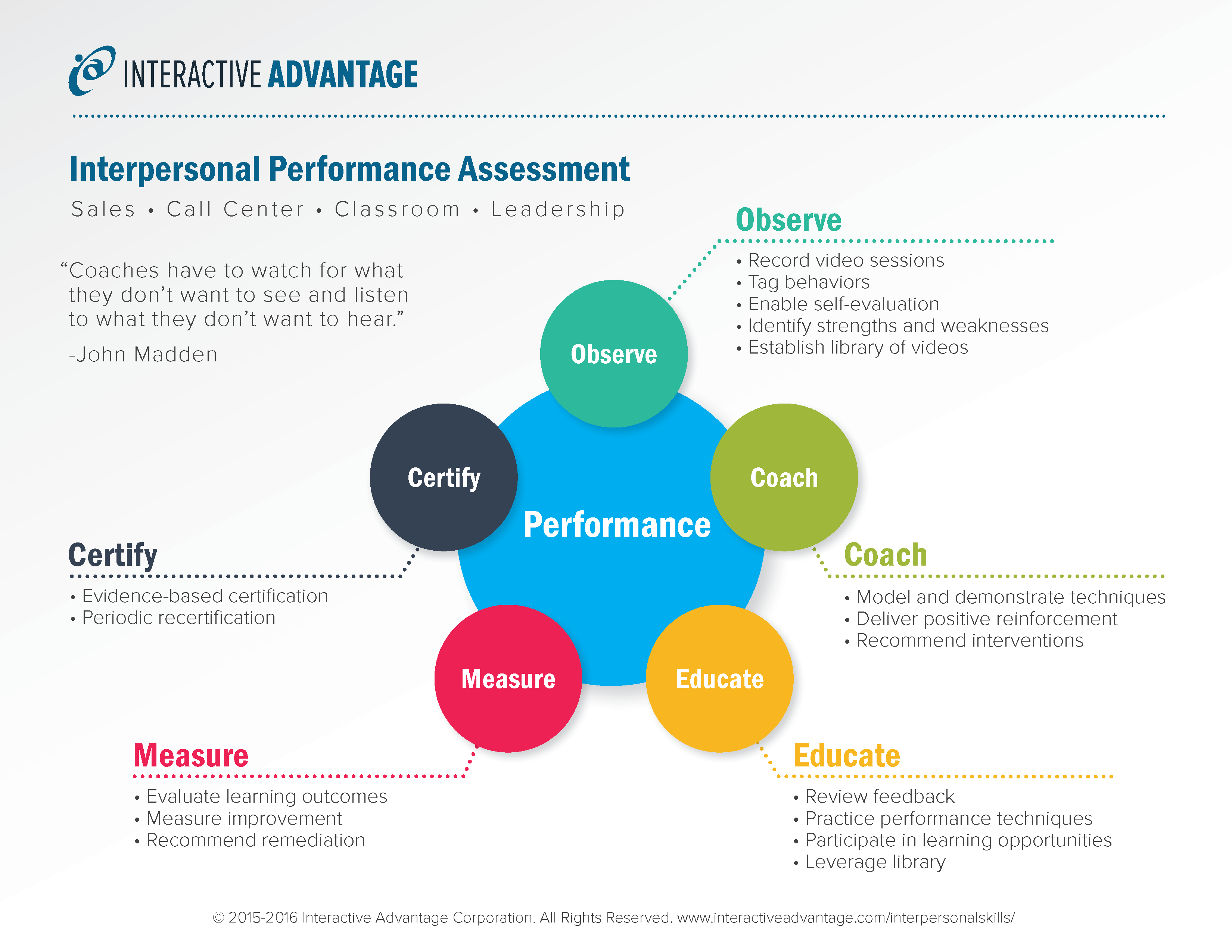Performance Observation
Performance observation is a data collection method that relies on examining how actions are initiated and completed by subjects in the relevant environment. This method aims to discover either problematic behavior or opportunities to better behavior as it relates to goals or needs.
By observing the behavior taken to complete a specific task or series of tasks (as understood or soon proven to be understood by the subject(s) or target audience for the observation), data can be collected for interpretation that ultimately helps to discover relevant solutions that address the problematic behavior or the subjects’ understanding the observation has suggested. This is just one way this method can be used and the exact approach during an observation will likely depend on the intent and the target audience or environment of the observation.
Observations may have many uses or methods for applying, but typically the reasons relate to wanting to identify an item or witness activity that may lead to an opportunity for improvement. Some benefits to observations include real-world data, more relevant data from participants or the setting, and opportunity for a speedy method for meeting data collection goals.
Speed, accessibility, and relevancy are likely appealing advantages for observing performance, however, there are also disadvantages. Observations can often be subjective, providing inaccurate or irrelevant information that influences how this information may be applied. In addition to subjectivity, observations may not capture the “natural” behavior of subjects. Awareness can influence how subjects act, making efforts to alter the perception of their actions.
View the infographic below. It provides an outline for assessing performance in a call center to include observing behavior observe as a part of the process.

References
Interpersonal Performance Assessment [Digital image]. (2015-2016). Retrieved April 11, 2019, from https://www.interactiveadvantage.com/sites/default/files/IPA%201.3_1.png
Pershing, J. A. (2006). Handbook of human performance technology: Principles, practices, and potential. San Francisco, CA: Pfeiffer.
